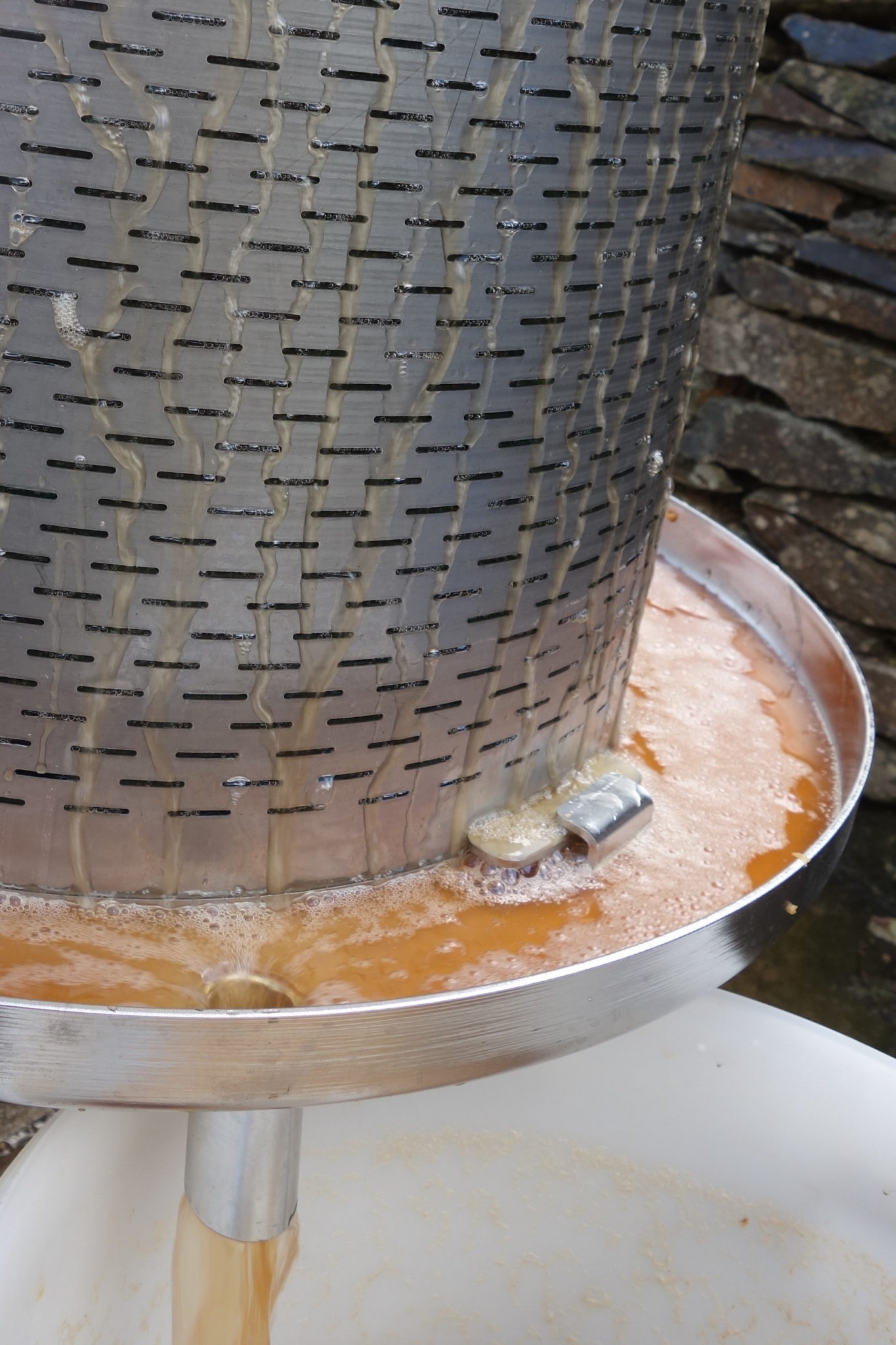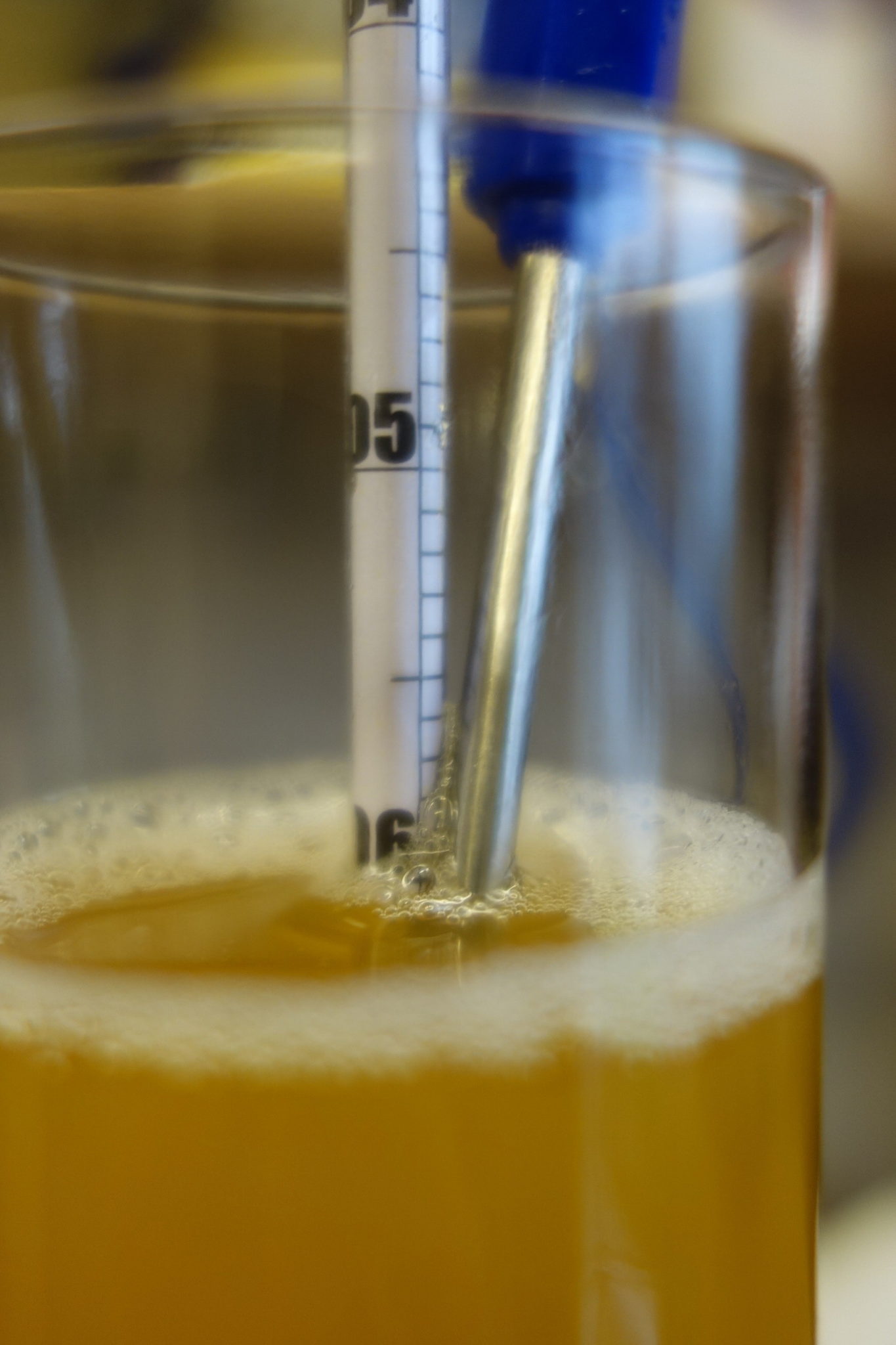Sorting
When we pick apples we put them in sacks to keep them in good condition.
We take the sacks of apples and open them on the sorting table. The table was made by a friend and simply consists of some horizontal wooden slats that are wide enough for debris, like leaves, to fall through. A sack underneath collects all the bits and any rotten apples. Any apples that are badly bruised or mouldy are removed before they are released into the washing bath.
The washing bath contains clean water where the apples are swirled and stirred to remove any further dirt or grime.
Milling and Pressing
The washed apples are then milled into a pulp and pressed. In 2014 we purchased a new mill capable of milling 1000 Kg of apples and hour.
The milled apple pulp then gets placed into the hydro-press for pressing. In 2014 we also purchased the press which is very efficient. A pressing of 120 litres of pulp usually produces about 60 litres of apple juice. The juice is then pumped directly to the fermentation tanks where the juice is measured for SG (Specific Gravity), PH and the level of Malic Acid.
.

FERMENTING AND TESTING
Over the next 6-8 months the cider is tested regularly to see how it is developing. The fermentation slows right down over the Winter and then sometimes restarts just as the Spring comes, the apple blossom starts to show and the temperature rises.
Once the cider has settled, we bottle it, adding a very small amount of sugar so that it ferments further in the bottle and produces a slight ‘petillant’ sparkle.
Fancy having a go yourself? Read Mark’s simple cider recipe.

Buy Our Mulled Cider
We are selling our final batches of mulled cider online through our shop.
